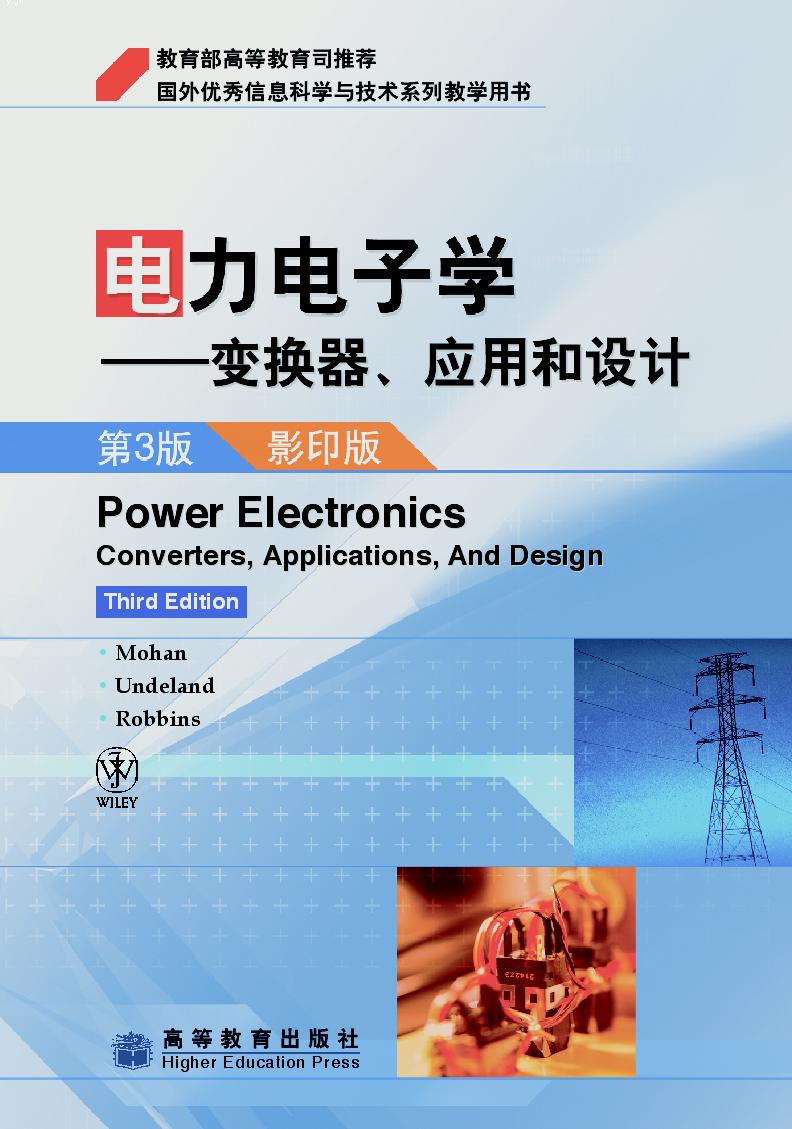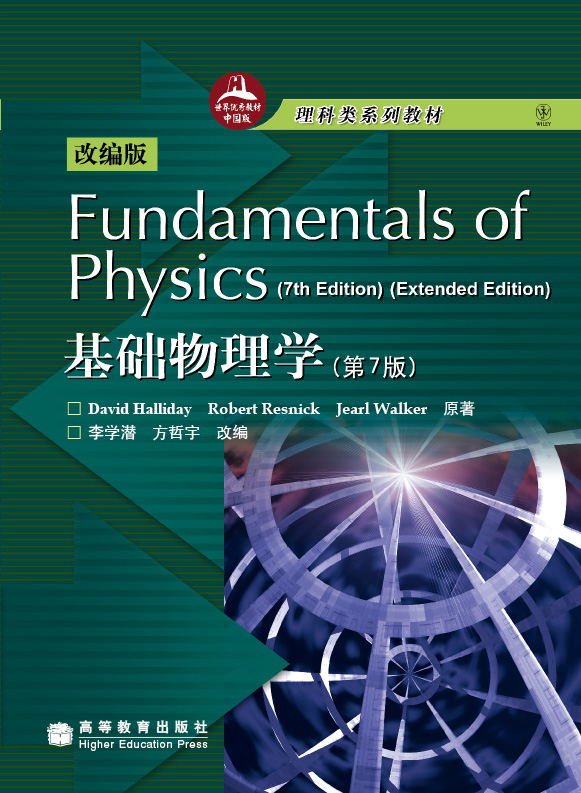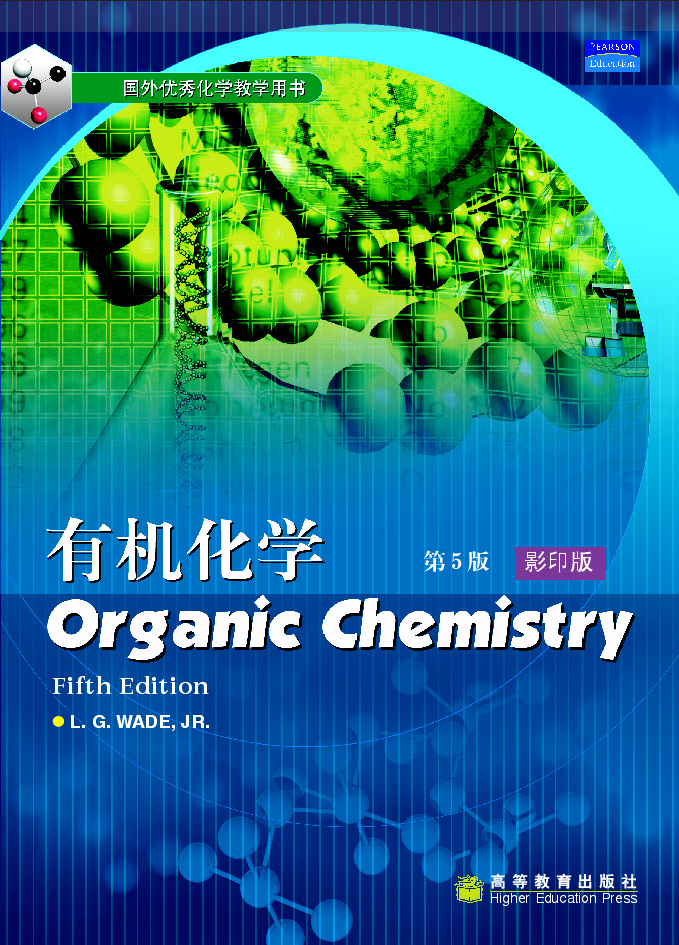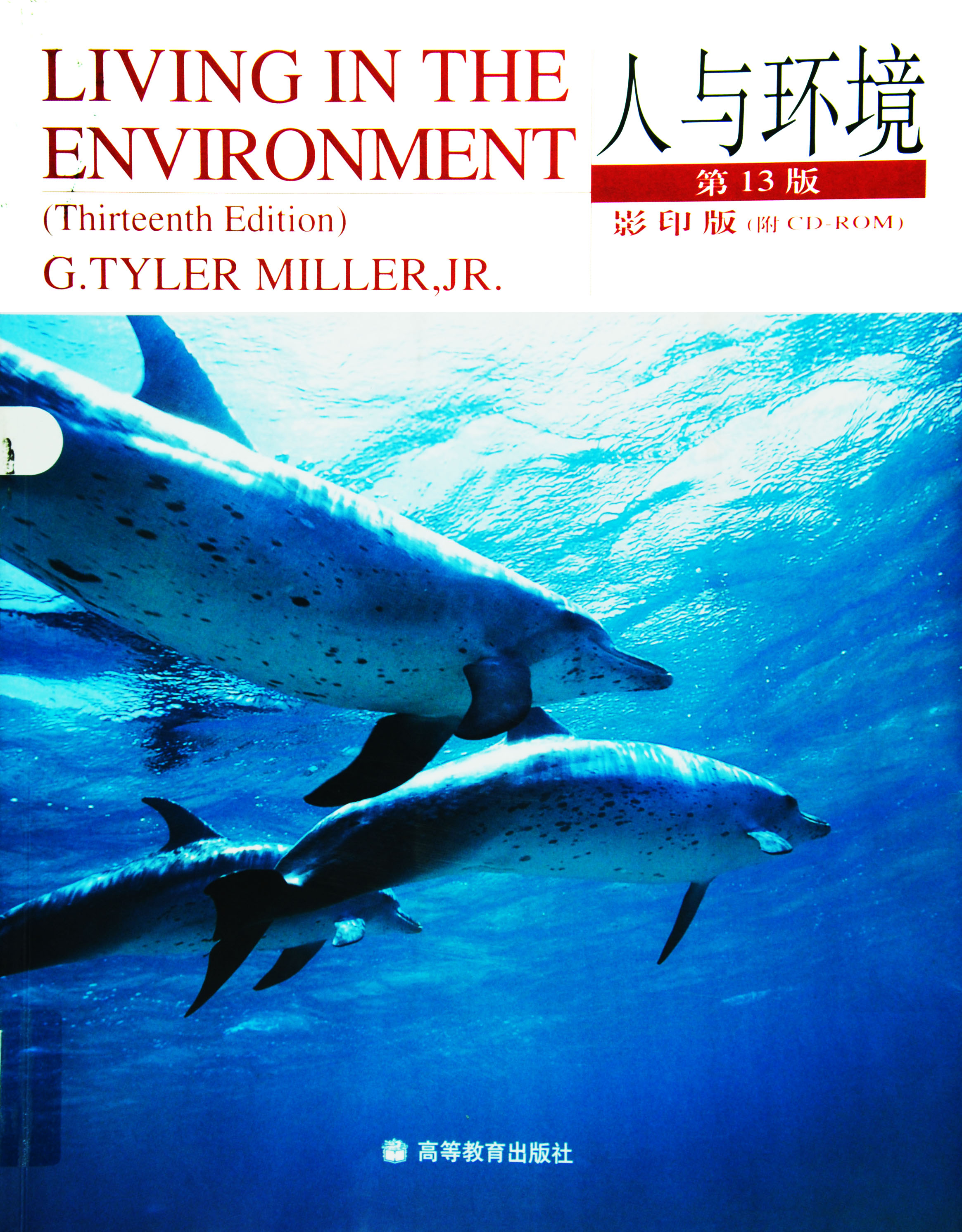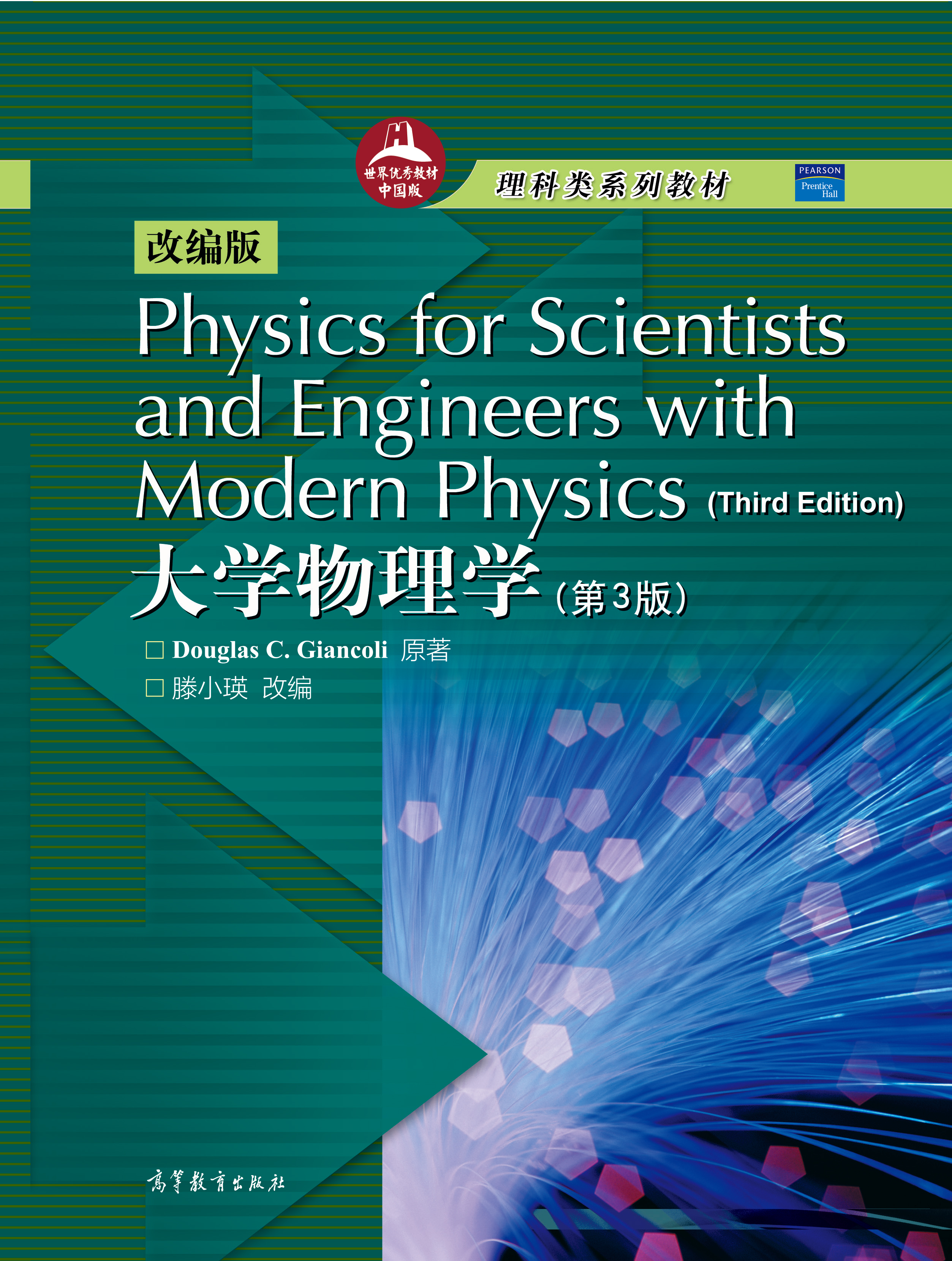电力电子学 ——变换器、应用和设计( 第3版)(配光盘)
作者: Ned Mohan 等
出版时间:2004-01-30
出版社:高等教育出版社
- 高等教育出版社
- 9787040140026
- 1
- 249434
- 平装
- 特殊
- 2004-01-30
- 550
- 803
PART 1 INTRODUCTION
Chapter 1 Power Electronic Systems
l-1 Introduction
1-2 Power Electronics versus Linear Electronics
1-3 Scope and Applications
1-4 Classification of Power Processors and Converters
1-5 About the Text
1-6 Interdisciplinary Nature of Power Electronics
1-7 Convention of Symbols Used
Problems
References
Chapter 2 Overview of Power Semiconductor Switches
2-1 Introduction
2-2 Diodes
2-3 Thyristors
2-4 Desired Characteristics in Controllable Switches
2-5 Bipolar Junction Transistors and Monolithic Darlingtons
2-6 Metal-Oxide-Semiconductor Field Effect Transistors
2-7 Gate-Turn-Off Thyristors
2-8 Insulated Gate Bipolar Transistors
2-9 MOS-Controlled Thyristors
2-10 Comparison of Controllable Switches
2-11 Drive and Snubber Circuits
2-12 Justification for Using Idealized Device Characteristics
Summary
Problems
References
Chapter 3 Review of Basic Electrical andMagnetic Circuit Concepts
3-1 Introduction
3-2 Electric Circuits
3-3 Magnetic Circuits
Summa rv
Problems
References
Chapter 4 Computer Simulation of Power Electronic Converters and Systems
4-1 Introduction
4-2 Challenges in Computer Simulation
4-3 Simulation Process
4-4 Mechanics of Simulation
4-5 Solution Techniques for Time-Domain Analysis
4-6 Widely Used, Circuit-Oriented Simulators
4-7 Equation Solvers
Summary
Problems
References
PART 2 GENERIC POWER ELECTRONIC CIRCUITS
Chapter 5 Line-Frequency Diode Rectifiers:Line-Frequency ac→ Uncontrolled do
5-1 Introduction
5-2 Basic Rectifier Concepts
5-3 Single-Phase Diode Bridge Rectifiers
5-4 Voltage-Doubler(Single-Phase)Rectifiers
5-5 Effect of Single-Phase Rectifiers on Neutral Currents in Three-Phase,Four-Wire Systems
5-6 Three-Phase, Full-Bridge Rectifiers
5-7 Comparison of Single-Phase and Three-Phase Rectifiers
5-8 Inrush Current and Overvoltages at Turn-On
5-9 Concerns and Remedies for Line-Current Harmonics and Low Power
Factor
Summary
Problems
References
Appendix
Chapter 6 line-Frequency Phase-Controlled Rectifiers and inverters:Line-Frequency ac ←→ Controlled dc
6-1 Introduction
6-2 Thyristor Circuits and Their Control
6-3 singie-Phase Converters
6-4 Three-Phase Converters
6-5 Other Three-Phase Converters
Summary
Problems
References
Appendix
Chapter 7 dc-dc Switch-Mode Converters
7-1 Introduction
7-2 Control of dc-dc Converters
7-3 Step-Down(Buck)Converter
7-4 Step-Up(Boost)Converter
7-5 Buck-Boost Converter
7-6 CA do-dc Converter
7-7 Full Bridge dc-dc Converter
7-8 dc-dc Converter Comparison
Summary
Problems
References
Chapter 8 Switch-Mode dc-ac Inverters:dc ←→ Sinusoidal ac
8-1 Introduction
8-2 Basic Concepts of Switch-Mode Inverters
8-3 Single-Phase Inverters
8-4 Three-Phase Inverters
8-5 Effect of Blanking Time on Output Voltage in PWM Inverters
8-6 Other Inverter Switching Schemes
8-7 Rectifier Mode of Operation
Summary
Problems
References
Chapter 9 Resonant Converters:Zero-Voltage and/or Zero-Current Switchings
9-1 Introduction
9-2 Classification of Resonant Converters
9-3 Basic Resonant Circuit Concepts
9-4 Load-Resonant Converters
9-5 Resonant-Switch Converters
9-6 Zero-Voltage-Switching,Clamped-Voltage Topologies
9-7 Resonant-dc-Link Inverters with Zero-Voltage Switchings
9-8 High-Frequency-Link Integral-Half-Cycle Converters
Summary
Problems
References
PART 3 POWER SUPPLY APPLICATIONS
Chapter 10 Switching dc Power Supplies
10-1 Introduction
10-2 Linear Power Supplies
10-3 Overview of Switching Power Supplies
10-4 dc-dc Converters with Electrical Isolation
10-5 Control of Switch-Mode dc Power Supplies
10-6 Power Supply Protection
10-7 Electrical Isolation in the Feedback Loop
10-8 Designing to Meet the Power Supply Specifications
Summary
Problems
References
Chapter 11 Power Conditioners and Uninterruptible Power Supplies
11-1 Introduction
11-2 Power Line Disturbances
11-3 Power Conditioners
11-4 Uninterruptible Power Supplies(UPSs)
Summary
Problems
References
PART 4 MOTOR DRIVE APPLICATIONS
Chapter 12 Introduction to Motor Drives
12-1 Introduction
12-2 Criteria for Selecting Drive Components
Summary
Problems
References
Chapter 13 do Motor Drives
13-1 Introduction
13-2 Equivalent Circuit of do Motors
13-3 Permanent-Magnet dc Motors
13-4 dc Motors with a Separately Excited Field Winding
13-5 Effect of Armature Current Waveform
13-6 dc Servo Drives
13-7 Adjustable-Speed dc Drives
Summary
Problems
References
Chapter 14 Induction Motor Drives
14-1 Introduction
14-2 Basic Principles of Induction Motor Operation
14-3 Induction Motor Characteristics at Rated(Line)Frequency and Rated Voltage
14-4 Speed Control by Varying Stator Frequency and Voltage
14-5 Impact of Nonsinusoidal Excitation on Induction Motors
14-6 Variable-Frequency Converter Classifications
14-7 Variable-Frequency PWM-VSI Drives
14-8 Vanable-Frequency Square-Wave VSI Drives
14-9 Vanable-Frequency CSI Drives
14-10 Comparison of Variable-Frequency Drives
14-11 Line-Frequency Variable-Voltage Drives
14-12 Reduced Voltage Starting(“Soft Start”)of Induction Motors
14-13 Speed Control by Static Slip Power Recovery
Summary
Problems
References
Chapter 15 Synchronous Motor Drives
15-1 Introduction
15-2 Basic Principles of Synchronous Motor Operation
15-3 Synchronous Servomotor Drives with Sinusoidal Waveforms
15-4 Synchronous Servomotor Drives with Trapezoidal Waveforms
15-5 Load-Commutated Inverter Drives
15-6 Cycloconverters
Summary
Problems
References
PART 5 OTHER APPLICATIONS
Chapter 16 Residential and Industrial Applications
16-1 Introduction
16-2 Residential Applications
16-3 Industrial Applications
Summary
Problems
References
Chapter 17 Electric Utility Applications
17-1 Introduction
17-2 High-voltage dc Transmission
17-3 Static var Compensators
17-4 Interconnection of Renewable Energy Sources and Energy Storage Systems to the Utility Grid
17-5 Active Filters
Summary
Problems
References
Chapter 18 Optimizing the Utility Interface with Power Electronic Systems
18-1 Introduction
18-2 Generation of Current Harmonics
18-3 Current Harmonics and Power Factor
18-4 Harmonic Standards and Recommended Practices
18-5 Need for Improved Utility Interface
18-6 Improved Single-Phase Utility Interface
18-7 Improved Three-Phase Utility Interface
18-8 Electromagnetic Interference
Summary
Problems
References
PART 6 SEMICONDUCTOR DEVICES
Chapter 19 Basic Semiconductor Physics
19-1 Introduction
19-2 Conduction Processes in Semiconductors
19-3 pn Junctions
19-4 Charge Control Description of pn-Junction Operation
19-5 Avaiancne Breakdown
Summary
Problems
References
Chapter 20 Power Diodes
20-1 Introduction
20-2 Basic Structure and I-V Characteristics
20-3 Breakdown Voltage Considerations
20-4 On-State Losses
20-5 Switching Characteristics
20-6 Schottky Diodes
Summary
Problems
References
Chapter 21Bipolar Junction Transistors
21-1 Introduction
21-2 Vertical Power Transistor Structures
21-3 I-V Characteristics
21-4 Physics of BJT Operation
21-5 Switching Characteristics
21-6 Breakdown Voltages
21-7 Second Breakdown
21-8 On-State Losses
21-9 Safe Operating Areas
Summary
Problems
References
Chapter 22 Power MOSFETs
22-1 Introduction
22-2 Basic Structure
22-3 I-V Characteristics
22-4 Physics of Device Operation
22-5 Switching Characteristics
22-6 Operating Limitations and Safe Operating Areas
Summary
Problems
References
Chapter 23 Thyristors
23-l Introduction
23-2 Basic Structure
23-3 I-V Characteristics
23-4 Physics of Device Operation
23-5 Switching Characteristics
23-6 Methods of Improving di/dt and dv/dt Ratings
Summary
Problems
References
Chapter 24 Gate Turn-Off Thyristors
24-1 Introduction
24-2 Basic Structure and I-V Characteristics
24-3 Physics of Turn-Off Operation
24-4 GTO Switching Characteristics
24-5 Overcurrent Protection of GTOs
Summary
Problems
References
Chapter 25 Insulated Gate Bipolar Transistors
25-1 Introduction
25-2 Basic Structure
25-3 I-V Characteristics
25-4 Physics of Device Operation
25-5 Latchup in IGBTs
25-6 Switching Characteristics
25-7 Device Limits and SOAs
Summary
Problems
References
Chapter 26 Emerging Devices and Circuits
26-1 Introduction
26-2 Power Junction Field Effect Transistors
26-3 Field-Controlled Thyristor
26-4 JFET-Based Devices versus Other Power Devices
26-5 MOS-Controlled Thyristors
26-6 Power Integrated Circuits
26-7 New Semiconductor Materials for Power Devices
Summary
Problems
References
PART 7 PRACTICAL CONVERTER DESIGN CONSIDERATIONS
Chapter 27Snubber Circuits
27-1 Function and Types of Snubber Circuits
27-2 Diode Snubbers
27-3 Snubber Circuits for Thyristors
27-4 Need for Snubbers with Transistors
27-5 Turn-Off Snubber
27-6 Overvoltage Snubber
27-7 Turn-On Snubber
27-8 Snubbers for Bridge Circuit Consdurations
27-9 GTO Snubber Consrderations
Summary
Problems
References
Chapter 28 Gate and Base Drive Circuits
28-1 Preliminary Design Considerations
28-2 dc-Coupled Drive Circuits
28-3 Electrically Isolated Drive Circuits
28-4 Cascode-connected Drive Circuits
28-5 Thynstor Drive Circuits
28-6 Power Device Protection in Drive Circuits
28-7 Circuit Layout Considerations
Summary
Problems
References
Chapter 29 Component Temperature Control and Heat Sinks
29-1 Control of Semiconductor Device Temperatures
29-2 Heat Transfer by Conduction
29-3 Heat Sinks
29-4 Heat Transfer by Radiation and Convection
Summary
Problems
References
Chapter 30 Design of Magnetic Components
30-1 Magnetic Materials and Cores
30-2 Copper Windings
30-3 Thermal Considerations
30-4 Analysis of a Specific Inductor Design
30-5 Inductor Design Procedures
30-6 Analysis of a Specific Transformer Design
30-7 Eddy Currents
30-8 Transformer Leakage Inductance
30-9 Transformer Design Procedure
30-10 Comparison of Transformer and Inductor Sizes
Summary
Problems
References
Index

